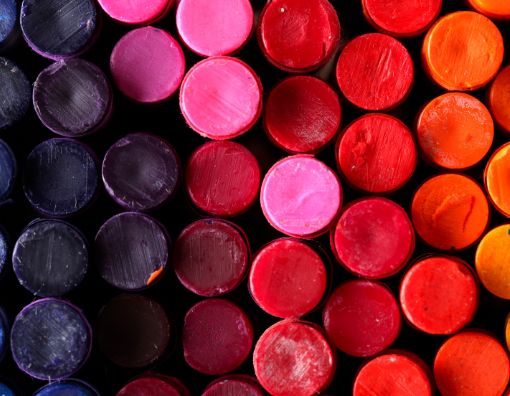
Low power, high potential: our new Ultra Low Power TFT
Yes, you can go low and high at the same time. Take, for example, our new TFT and touch technology – its power consumption is ultra-low, but its performance? We think you get where we’re coming from.


